What is the tolerance range of precision screws?
What is the tolerance range of precision screws?
Service Hotline
+86760-8787 8587We have more than ten years of experience in the production of screw industry, the main products are: hex nut with small teeth, double-ended hollow copper column nut with copper column isolated through the chassis, knurled pull nut, square washer for curtain wall, 304 flat head screw, German standard U-bolt , Corrugated Washers, Rear Cage Nuts, Straight Nylon Sleeves, S-shaped Fence Bolts, Combination Screws and Bolts, Claw Hand Screw Caps, Umbrella Round Head Bolts, American Nylon Self-locking Nuts, Bolts and Nuts etc. Firmware, due to different product materials and specifications, the price is also different, please contact us if necessary.


At present, with the continuous improvement of microwave plasma chemical vapor deposition technology, researchers hope to obtain more excellent products by increasing the microwave power. During the use of the three screws, it is necessary to continuously adjust the length of the pins extending into the rectangular waveguide to make the reflected power of the system reach the minimum value and improve the stability of the system. Since the length of the three screws extending into the waveguide needs to be continuously adjusted with the change of the input power, and the adjustment state of the three screws cannot be recorded after the adjustment is completed, repeated adjustment is still required in the subsequent work, resulting in a time-consuming adjustment process. long and low work efficiency. Especially under high power conditions, the traditional three-screw dispenser has a high risk of microwave leakage. When manually adjusting, the human body is exposed to microwaves for a long time, which has certain potential safety hazards.
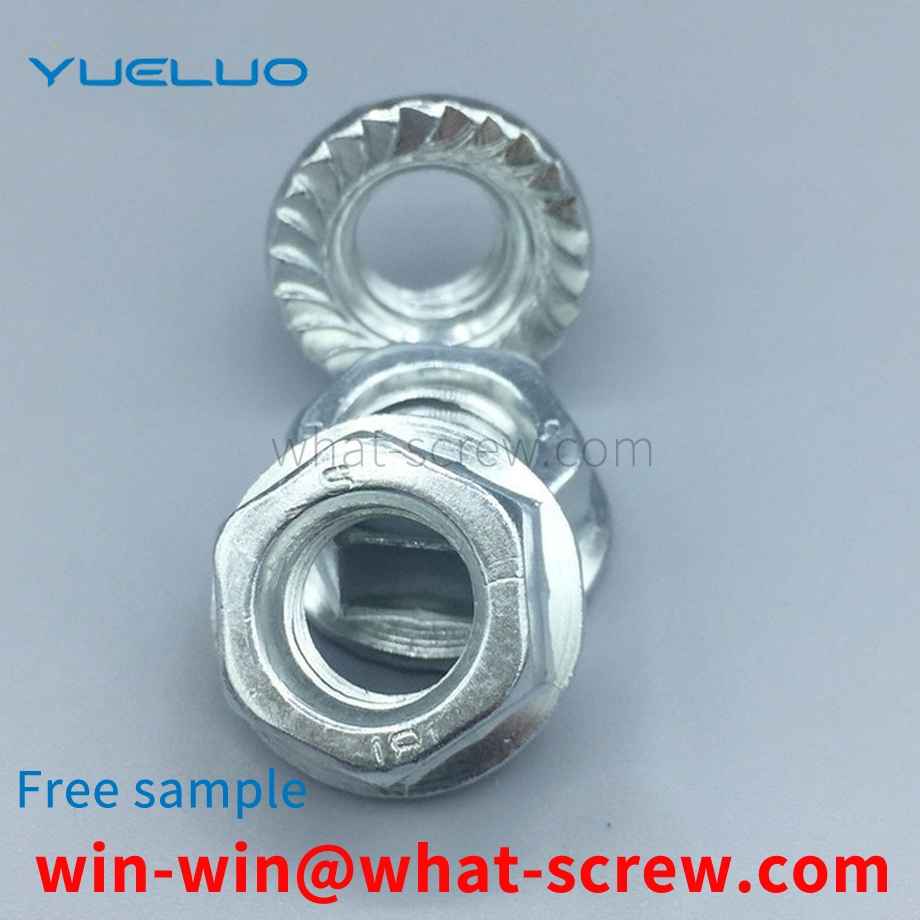
The diameter, length and quantity of the stud bolts shall meet the requirements, and the type and material of the stud bolts shall be determined by the grade. There are two types of commonly used stud bolts (also known as full-threaded studs). The thread is divided into two types: coarse thread and fine thread. The coarse thread ordinary thread is expressed by M and the nominal diameter, and the fine thread ordinary thread is expressed by M and the nominal diameter × pitch. The fastener standard stipulates that M36 bolts use coarse thread, M36 and above diameters can use fine thread, and the pitch is 3. bm=1d studs are generally used for the connection between two steel connected parts; bm=1.25d and bm=1.5d studs are generally used between cast iron connected parts and steel connected parts The connection between the two; bm=2d double-ended stud is generally used for the connection between the aluminum alloy to be connected and the steel to be connected. The former connector has internal threaded holes, and the latter connector has through holes. The threads at both ends of the equal-length studs need to be matched with nuts and washers, and are used for two connected parts with through holes. One end of the welding stud is welded on the surface of the connected piece, and the other end (threaded end) passes through the connected piece with a through hole, and then the washer is put on, and the nut is screwed on, so that the two connected pieces are connected as a whole.
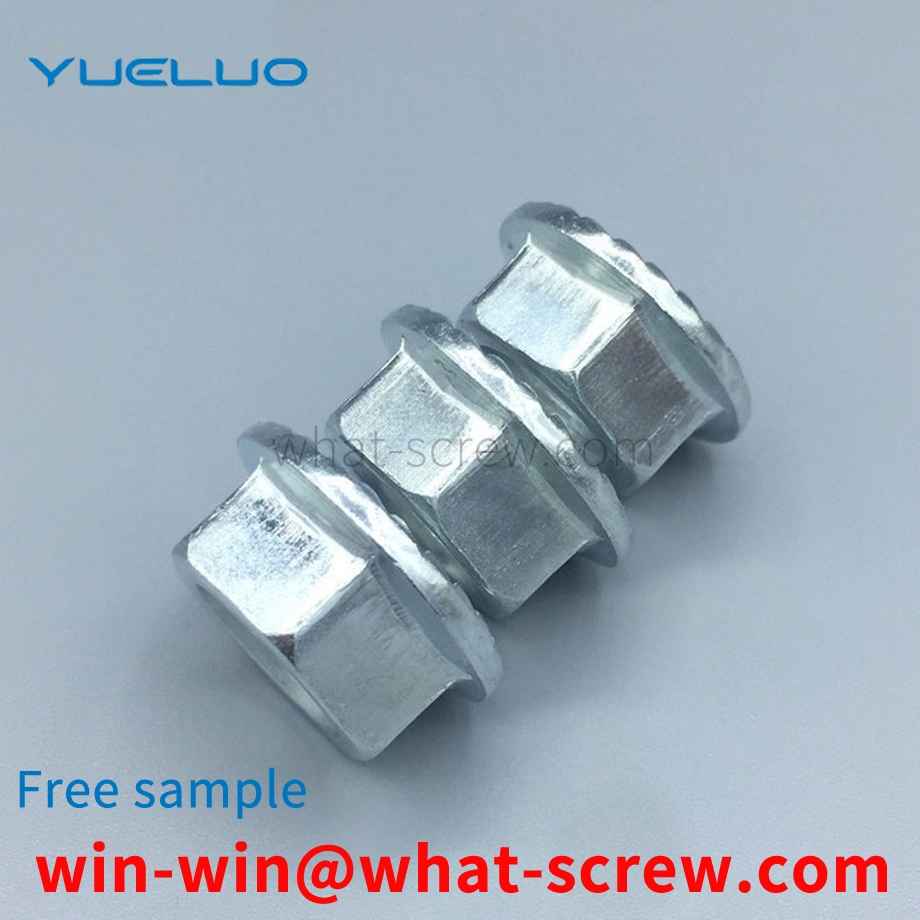
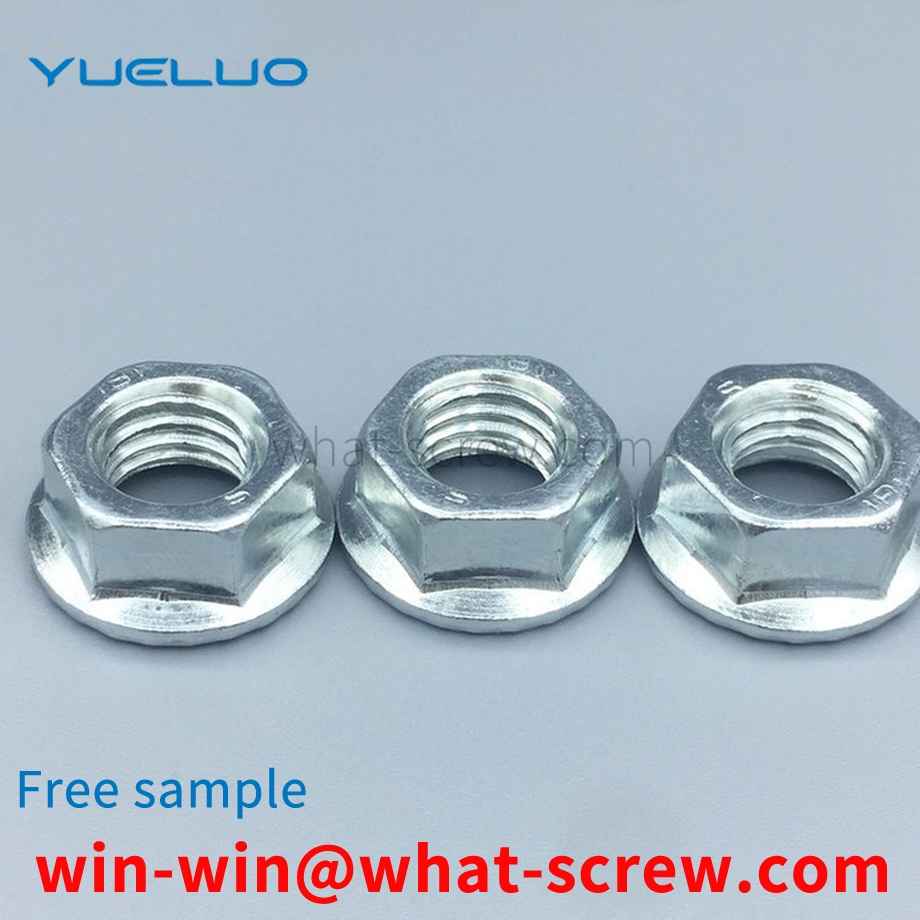
Most of the existing screws use an integral metal structure, and there are still some problems, such as large weight, high cost of materials, wear resistance, hardness, rust resistance, corrosion resistance, high and low temperature resistance, brittleness, toughness, etc. Many occasions cannot meet the needs of production, and further improvements are needed to improve production efficiency, reduce costs, improve safety, and prolong the service life of screws.
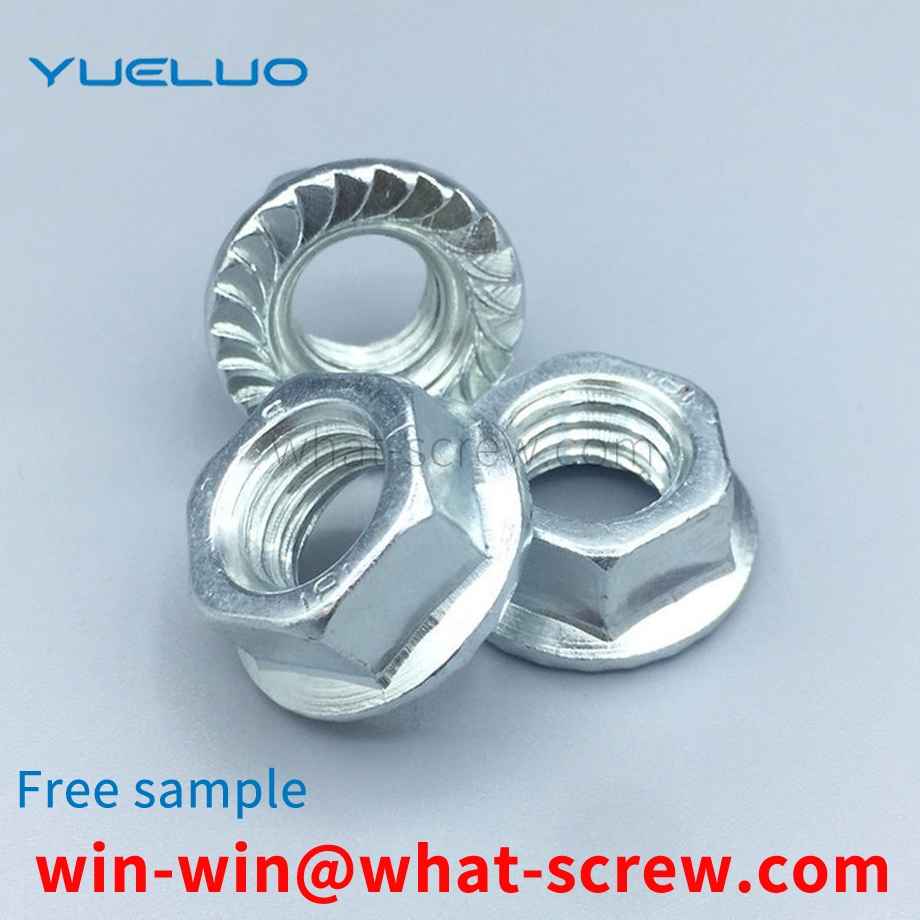
Anti-corrosion technology Stainless steel screws are made of metal, and there are four main methods for metal anti-corrosion, namely the properties of the material itself, the environment of use, the interface between materials and the environment, and the improvement of the metal structure design. If a complete anti-corrosion alloy is used to make stainless steel Screws, unless there is a special need, are not cost-effective in terms of economics, and it is also impractical to completely isolate the appearance of the screw from environmental elements that can cause corrosion. Improving the metal structure design can improve the influence of special circumstances under certain conditions, but the design of most stainless steel screws cannot be fully corrected, and its maintenance effect is not permanent, so this method cannot basically solve the problem, as long as it is on the surface. Top anti-corrosion, that is, surface anti-corrosion treatment is the most widely used method. The anti-corrosion treatment on the surface of stainless steel screws refers to the use of various methods to apply a protective layer on the metal surface. The purpose of avoiding or mitigating corrosion. The protection layer should be able to meet the following requirements: 1. Corrosion resistance, wear resistance, high hardness, 2. The structure is tight, intact, and the pores are small. 3. It has strong separation and good adhesion with the base metal. 4. It is evenly distributed and has a certain thickness. The maintenance layer is usually divided into two types: metal coating and non-metallic coating. Metal coating refers to the use of metal or alloy with strong corrosion resistance to form a maintenance layer on the surface of metal that is easy to corrode. This coating is also called plating. There are quite a few methods and varieties to produce metal coatings, the most common of which is electroplating, followed by molten metal immersion plating (hot dipping) and chemical surface treatment. Non-metallic coating refers to the use of organic polymer materials such as paint and inorganic materials such as ceramics to form a protective layer on the surface of metal equipment or parts. The protective layer can completely isolate the base metal from the environmental medium and prevent the base metal from corrosion due to contact. Corrosion is formed in the medium of stainless steel standard parts.
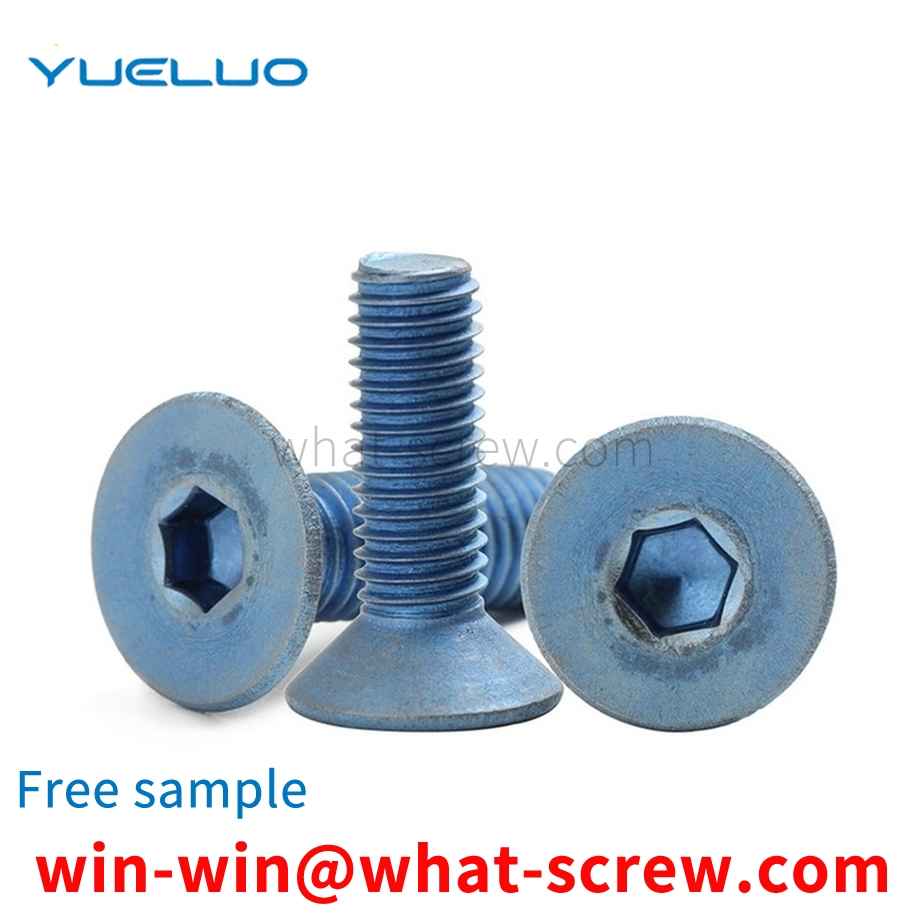
The above content is uploaded by Yueluo or the Internet. If there is any copyright issue, please contact [email protected].

What is the tolerance range of precision screws?

How to choose the right stainless steel screw manufacturer?

Why is there an R angle under the head of the hexagon head s...

We have more than ten years of experience in screw industry ...
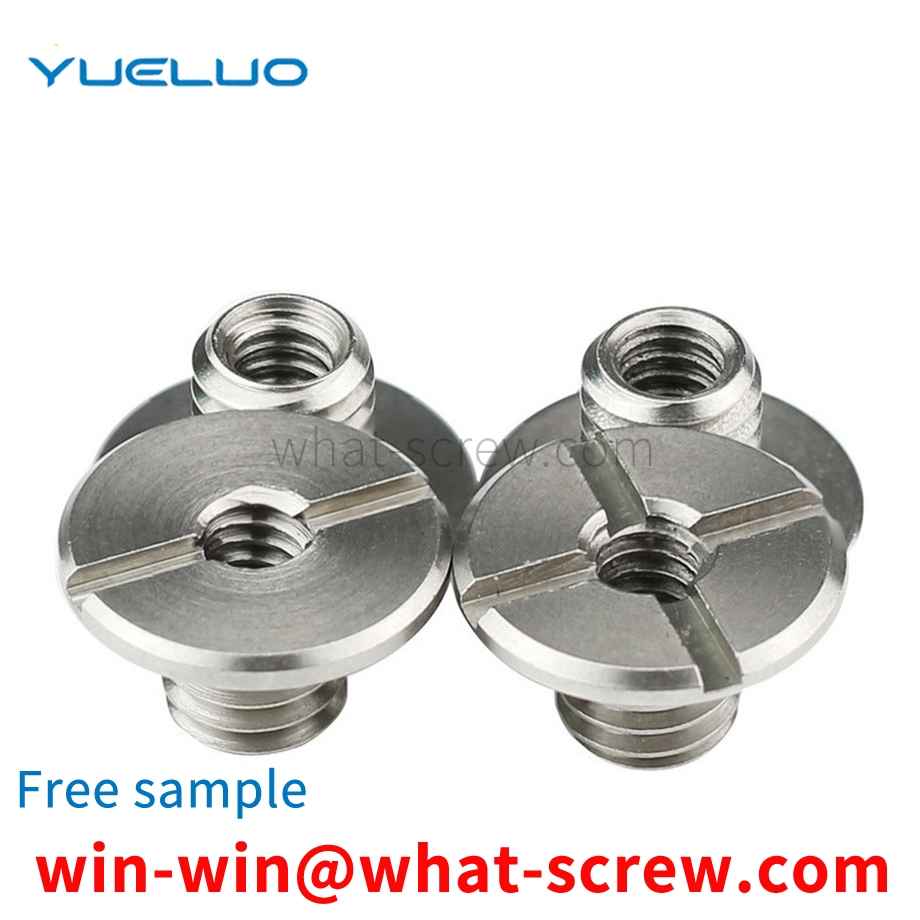
We have more than ten years of experience in screw industry ...
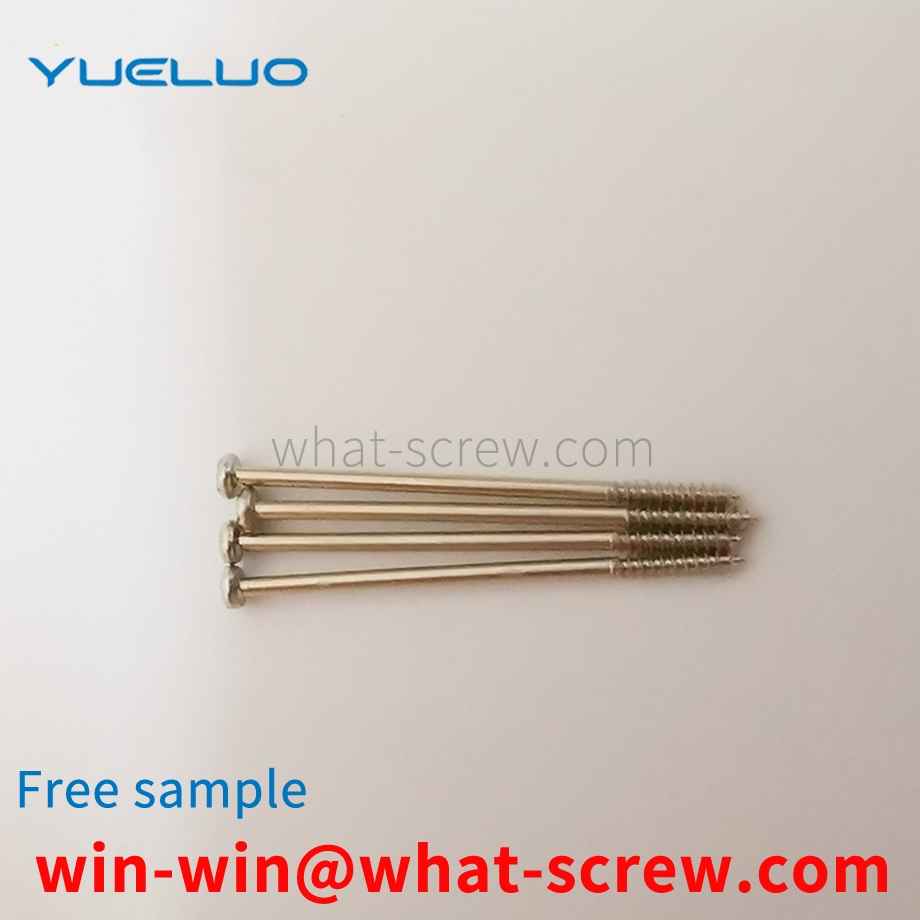
We have more than ten years of experience in screw industry ...
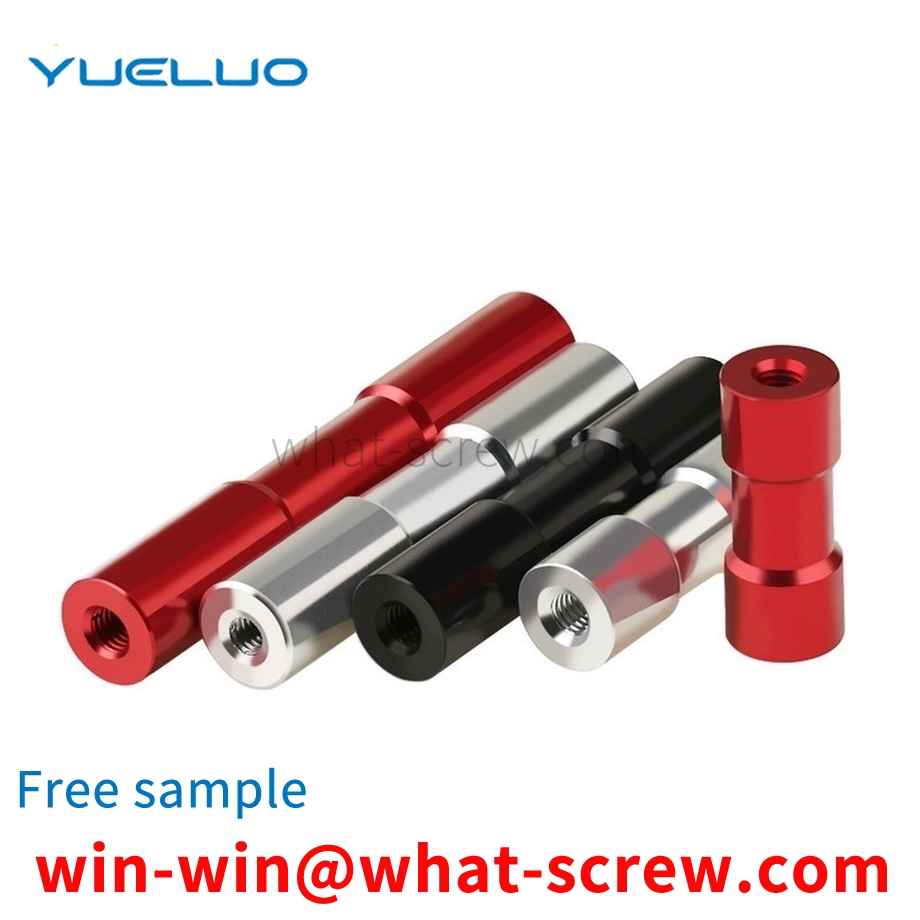
We have more than ten years of production experience in the ...